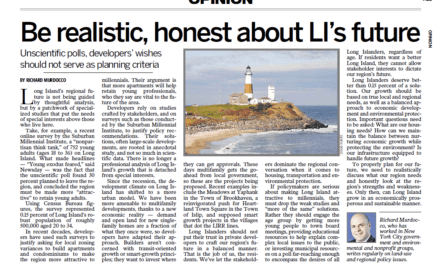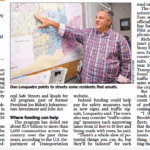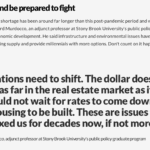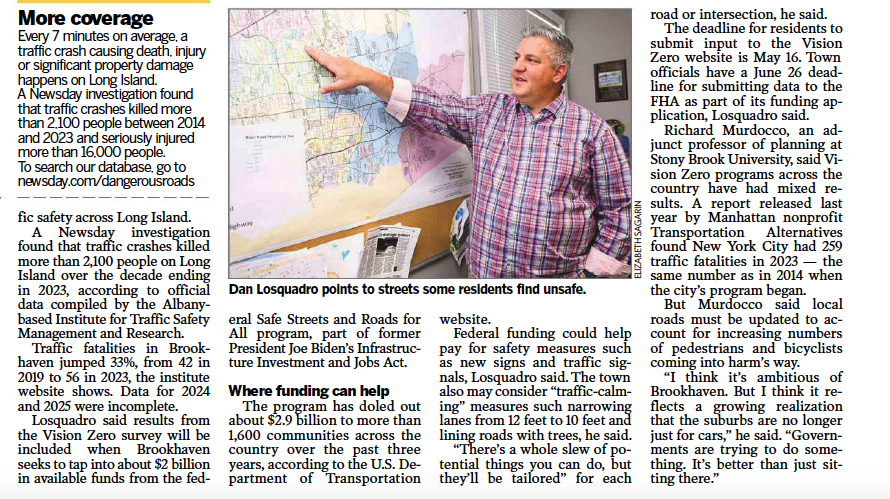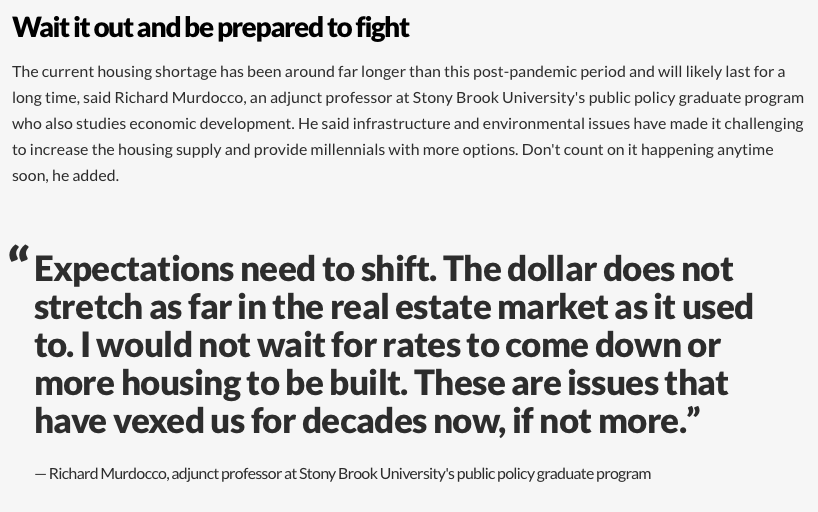The rains came swiftly, and the flooding came suddenly.
As the sun rose across Nassau & Suffolk Counties, Long Islanders awoke to their transportation network crippled by record-setting rains. Islip-MacArthur Airport saw a record shattering 13.26″ of rain. According to Mike Leona, a friend of the Foggiest Idea and Long Island’s weather guru, more rain fell since midnight than has fallen at Islip since April 1st. It is incredible.
As the flood waters subside, beaches inevitably close due to runoff, and Long Islanders wring out their hair, we must remember that our transportation network is not only vulnerable, it’s weak. Further, our Island is reliant upon highways and a rail system that simply is not equipped to handle the weather challenges being presented in the last five years. Immediately after Hurricane Sandy, I wrote:
The storm exposed the coastal vulnerability that years of mismanaged developmental practices created. Further, Sandy hopefully taught us to respect Long Island’s floodplains and wetlands. Recently, Lee Koppelman told Newsday that “builders were able to get land as relative gifts. We lost more than two-thirds of the natural wetlands that existed at the beginning of the 20th century.” These past practices now must be corrected, because Sandy showed us the consequences of poor coastal management.
In school, we were taught of so-called “focusing events,” which according to Thomas Birkland are “…sudden calamities that cause both citizens and policymakers to pay more attention to a public problem and often to press for solutions.”
Sandy was Long Island’s focusing event. It highlighted regional weaknesses poor policies created, lack of oversight perpetuated and general malaise exacerbated.
Today’s storm was no Sandy. However, the impacts from the downpours were felt from the rising flood waters of Bay Shore to Jericho. Sadly for the region, Sandy may have been a focusing event, but we’re still not as ready as we should be for the extraordinary weather we now face.
Sandy was supposed to be a wake up call, and while some progress has been made, not nearly enough has been done to ready our region for the “Next Big One” as News 12 Long Island likes to call the future storm that will hit us. We need further investment in our fragile infrastructure systems- electrical, wastewater and transportation. These weather events aren’t stopping anytime soon.
It seems that the extraordinary weather is now the new normal.
What should be done? Every savvy commuter knows the flood points on the LIE, Sagtikos, Northern and Southern State Parkways. NYS DOT and the Federal Government need to help us eliminate these vulnerable spots. Engineers, by practice engineer for the “normal” scenario. This morning’s weather may be unusual, but between Irene, Sandy, the February Blizzard of 2013 and countless stronger-than-usual thunderstorms (including today), we need to adjust our expectations and adapt our systems to this new normal of extreme weather.
My piece reflecting on Sandy’s one year anniversary I wrote:
The time to act is now. We as a region can be prepared, but we must get moving. How many storms will it take before we act?
Sadly, the same questions can be asked almost two years after Sandy.
Just how many storms will it take?

